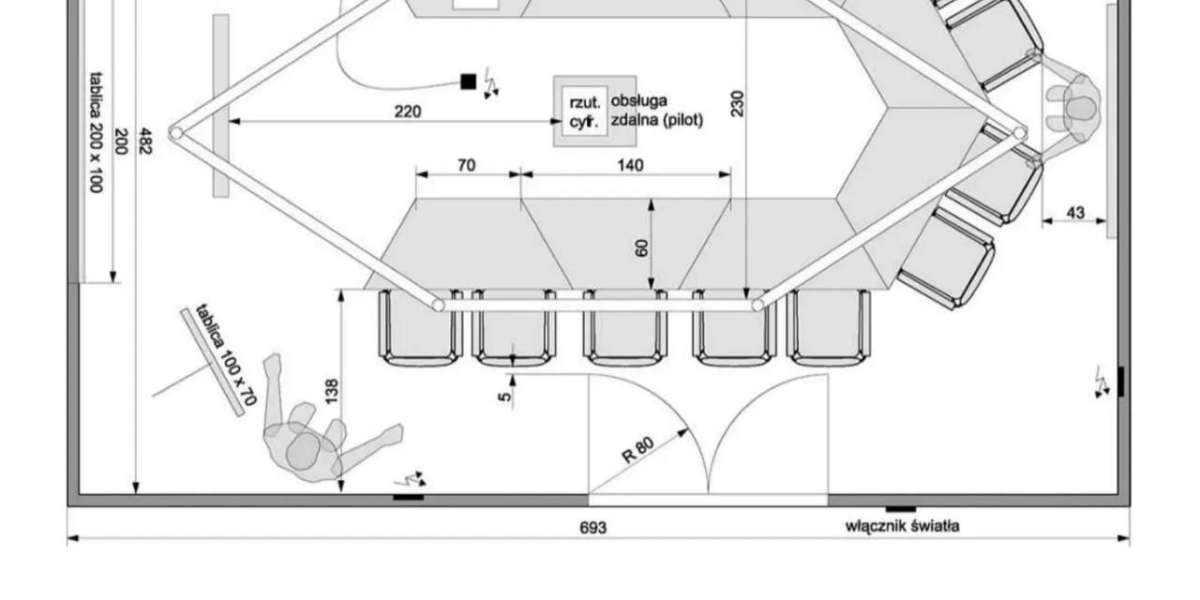Designing and documenting AV systems has traditionally been a time-consuming process, requiring meticulous attention to detail and manual drawing of schematics. From small conference rooms to complex multi-floor installations, engineers have long faced challenges in ensuring accuracy, consistency, and compliance with standards. The advent of modern CAD tools has transformed this process, allowing engineers to automate schematic creation, streamline workflows, and reduce the risk of errors. Among these tools, XTEN-AV has established itself as a leading platform, enabling AV professionals to design, simulate, and manage system schematics efficiently.
The Importance of Accurate AV System Schematics
AV system schematics are the backbone of any installation. They provide a visual representation of how equipment, cabling, and devices are interconnected, allowing engineers, technicians, and integrators to understand the system quickly. Accurate schematics are essential for installation, troubleshooting, maintenance, and future upgrades. Errors or omissions in schematics can lead to costly delays, miswired systems, or equipment failures. Automating schematic generation using CAD tools ensures that designs are precise, standardized, and easily updatable.
Why Automation Matters
Manual schematic drawing is prone to human error, especially in large-scale AV installations with multiple devices, zones, and connections. Automation streamlines the process by generating accurate schematics directly from system specifications. Engineers can input device types, quantities, and connections, and the software produces a clear, standardized schematic. This approach saves time, reduces mistakes, and ensures that schematics remain consistent across projects. XTEN-AV provides tools that allow engineers to automate these tasks, enabling faster project delivery without compromising quality.
Step 1: Define System Requirements
Before creating automated schematics, engineers must define the system requirements. This includes identifying the equipment involved, such as amplifiers, mixers, displays, microphones, and control systems, as well as understanding connectivity needs and signal flow. XTEN-AV offers a comprehensive device library and pre-configured templates that allow engineers to quickly select components for their project. Defining requirements at the start ensures that the automated schematic reflects the true design intent and meets all functional needs.
Step 2: Input Device and Connection Data
The next step is to input the devices and their connections into the CAD platform. Modern tools like XTEN-AV allow engineers to specify device types, input/output ports, signal types, and network addresses. Once this data is entered, the software automatically generates connections, eliminating the need to draw each line manually. This automation is especially valuable for large installations where dozens or even hundreds of devices must be connected accurately.
Step 3: Utilize Pre-Configured Templates and Libraries
CAD software for schematic drawing in the AV industry often includes pre-configured templates and device libraries. XTEN-AV provides extensive libraries for AV equipment, including industry-standard symbols and connection types. Using these templates not only speeds up schematic creation but also ensures compliance with documentation standards. Engineers can drag and drop devices into the schematic, and the software automatically positions and connects them based on best practices and design rules.
Step 4: Simulate Signal Flow and Connectivity
Once the devices and connections are placed, engineers can simulate signal flow to validate the schematic. XTEN-AV allows users to trace signal paths, check for missing or incorrect connections, and verify that each device receives the correct input and output. Simulation helps identify potential issues before installation, saving time and preventing costly on-site troubleshooting. By automating this step, engineers can confidently deliver schematics that are both accurate and reliable.
Step 5: Generate Documentation and Reports
Automation does not stop at schematic creation. Modern CAD platforms like XTEN-AV can generate detailed reports and documentation from the schematic. These include device lists, cable schedules, connection diagrams, and installation guides. Automated documentation ensures that installers have all the information they need to execute the project correctly and efficiently. It also provides a record for future maintenance, upgrades, or system audits.
Step 6: Collaborate and Share Designs
Large AV projects often involve multiple stakeholders, including engineers, architects, integrators, and clients. Cloud-based CAD platforms support collaboration by allowing multiple users to access, review, and edit schematics in real-time. XTEN-AV enables secure sharing of designs, version tracking, and feedback integration, ensuring that all parties are aligned and project changes are communicated effectively. Collaboration tools reduce miscommunication, accelerate project timelines, and improve overall design quality.
Step 7: Plan for Scalability and Future Modifications
Automated schematics are not only useful for initial installations but also for future system modifications and expansions. XTEN-AV allows engineers to update schematics quickly when devices are added, removed, or upgraded. The automated nature of the tool ensures that changes propagate accurately throughout the schematic, maintaining consistency and reducing errors. Planning for scalability ensures that the AV system can evolve with the needs of the building or organization.
Benefits of Using XTEN-AV for Automated Schematic Design
Efficiency: Automated schematic generation reduces the time required for drawing and revisions.
Accuracy: Built-in validation checks and standardized templates minimize human errors.
Compliance: Device libraries and standardized symbols ensure adherence to industry documentation standards.
Collaboration: Cloud-based tools enable real-time teamwork and project transparency.
Scalability: Easy updates and modifications allow AV systems to adapt to future needs.
Documentation: Automated reports provide installers and maintenance teams with all necessary details.
Conclusion
Creating AV system schematics manually is a painstaking and error-prone process. Modern CAD tools have transformed this workflow by enabling automation, accuracy, and collaboration. XTEN-AV offers a comprehensive solution for AV professionals, combining device libraries, templates, simulation tools, and cloud collaboration to streamline schematic design from start to finish.
For AV engineers looking to improve efficiency, reduce errors, and deliver professional-quality schematics, leveraging CAD software for schematic drawing in the AV industry is no longer optional. It is an essential component of modern AV system design. With XTEN-AV, engineers can automate schematic creation, validate designs, and produce detailed documentation, ensuring that every project is executed with precision, reliability, and confidence.
Read more: https://enkling.com/read-blog/63232














